PRE-RELEASE
Detailed description
| Detailed description |
The main entertainment unit is fitted in the centre of the dashboard behind the infotainment control module. The entertainment unit receives audio and antenna signals from other units in the system. These signals are processed and relayed via the unit outputs to the loudspeakers of the Prestige 70 sound system and via the O-bus to the amplifiers of the Premium 150 and Prestige 300 sound systems.
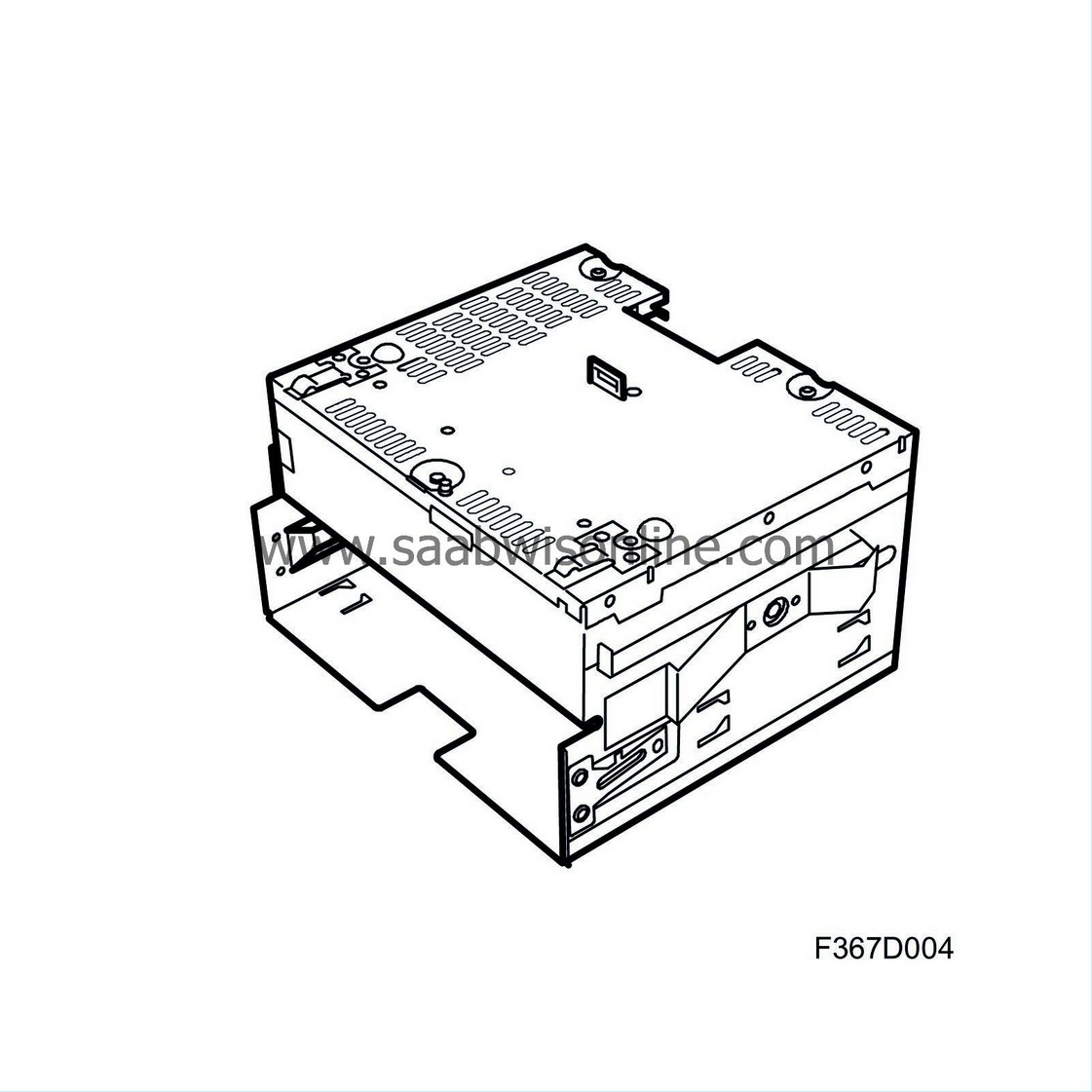
| Infotainment control module |
The control panel on the infotainment control module is used to select the functions of the infotainment system. There are three control modules: 1, 2 and 3. The type of control module depends on the equipment selected by the customer, for example:
| • |
ICM 1: most basic sound system and provisions for mobile phone.
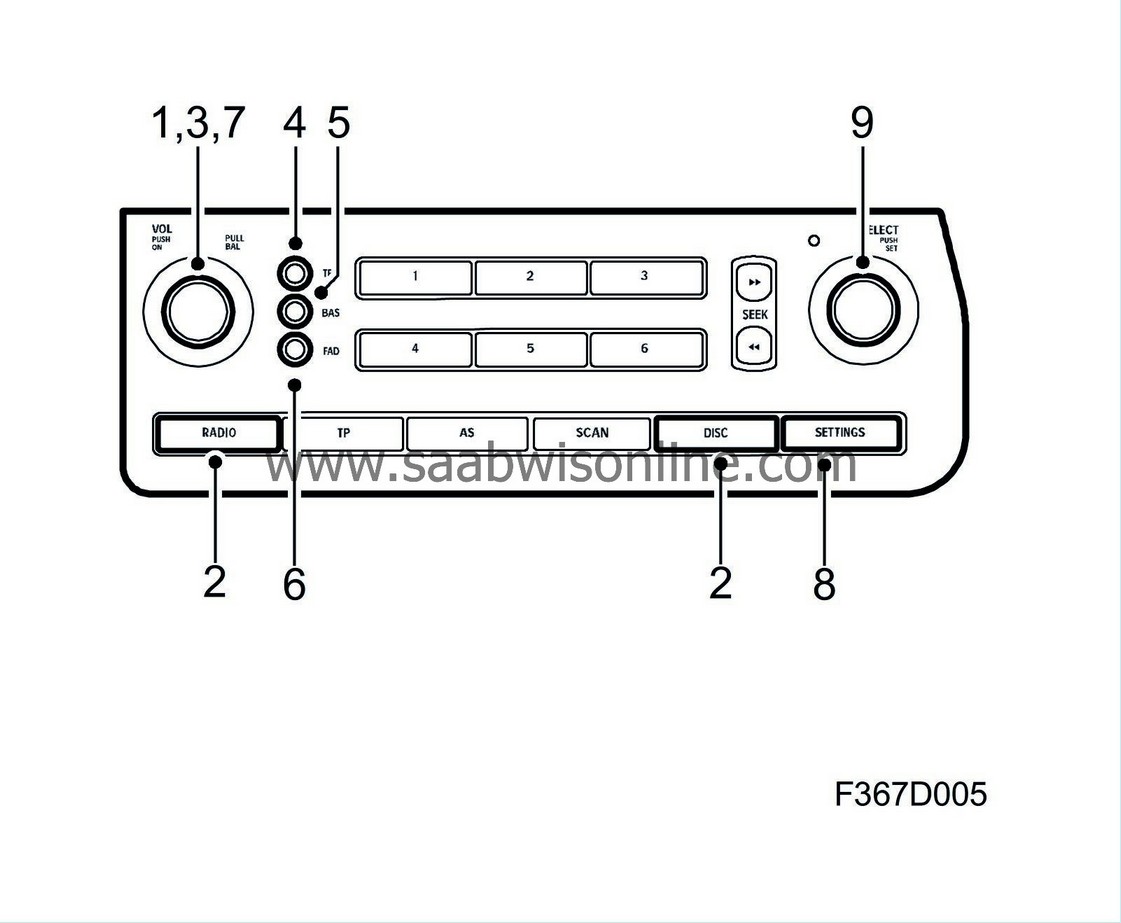
|
|
| 1. |
Audio system ON/OFF.
|
| 2. |
Selection of audio system source.
|
| 3. |
Volume
|
| 4. |
Treble
|
| 5. |
Bass
|
| 6. |
Fader
|
| 7. |
Balance
|
| 8. |
Navigation in lists/menus under "Settings" in SID.
|
| 9. |
Activation of "Settings" in SID.
|
| • |
ICM 2: higher level sound system and integrated phone.
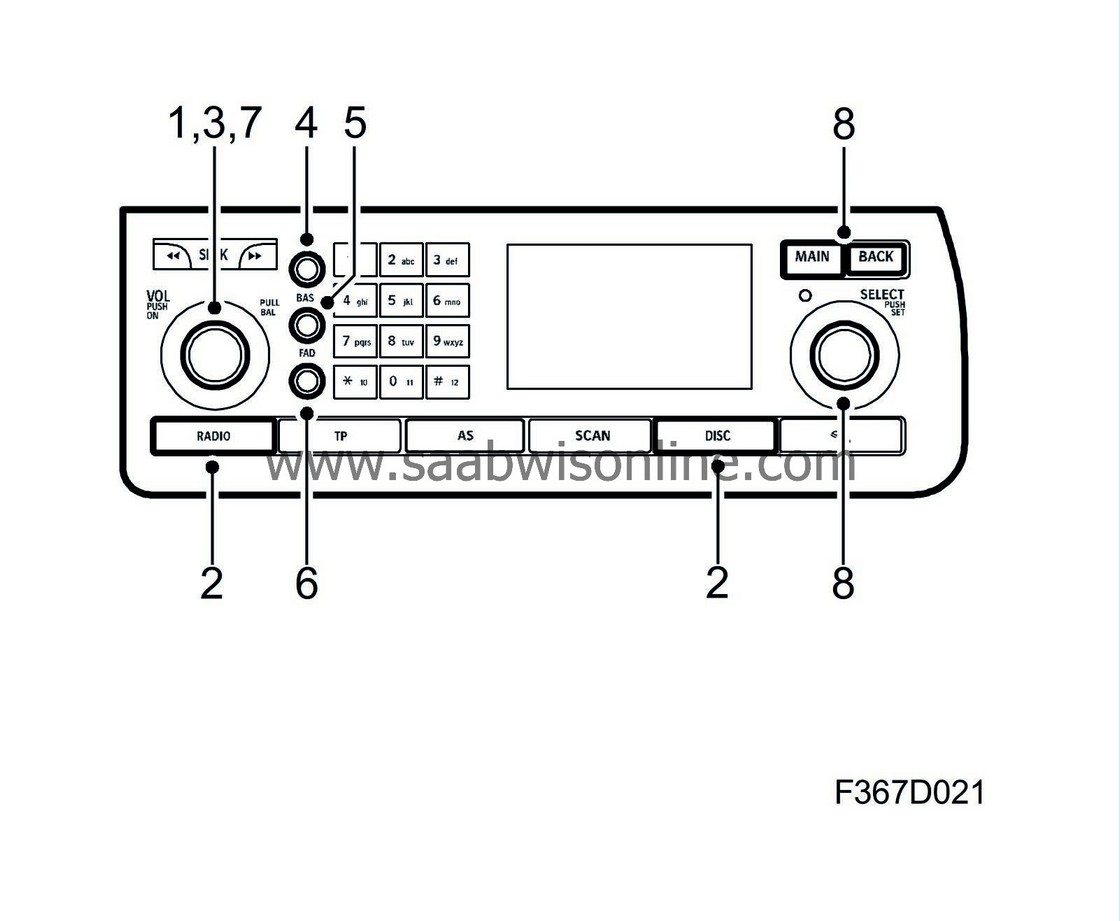
|
|
| 1. |
Audio system ON/OFF.
|
| 2. |
Selection of audio system source.
|
| 3. |
Volume
|
| 4. |
Treble
|
| 5. |
Bass
|
| 6. |
Fader
|
| 7. |
Balance
|
| 8. |
Operating the menu display.
|
| • |
ICM 3: highest level sound system, integrated phone and navigation system.
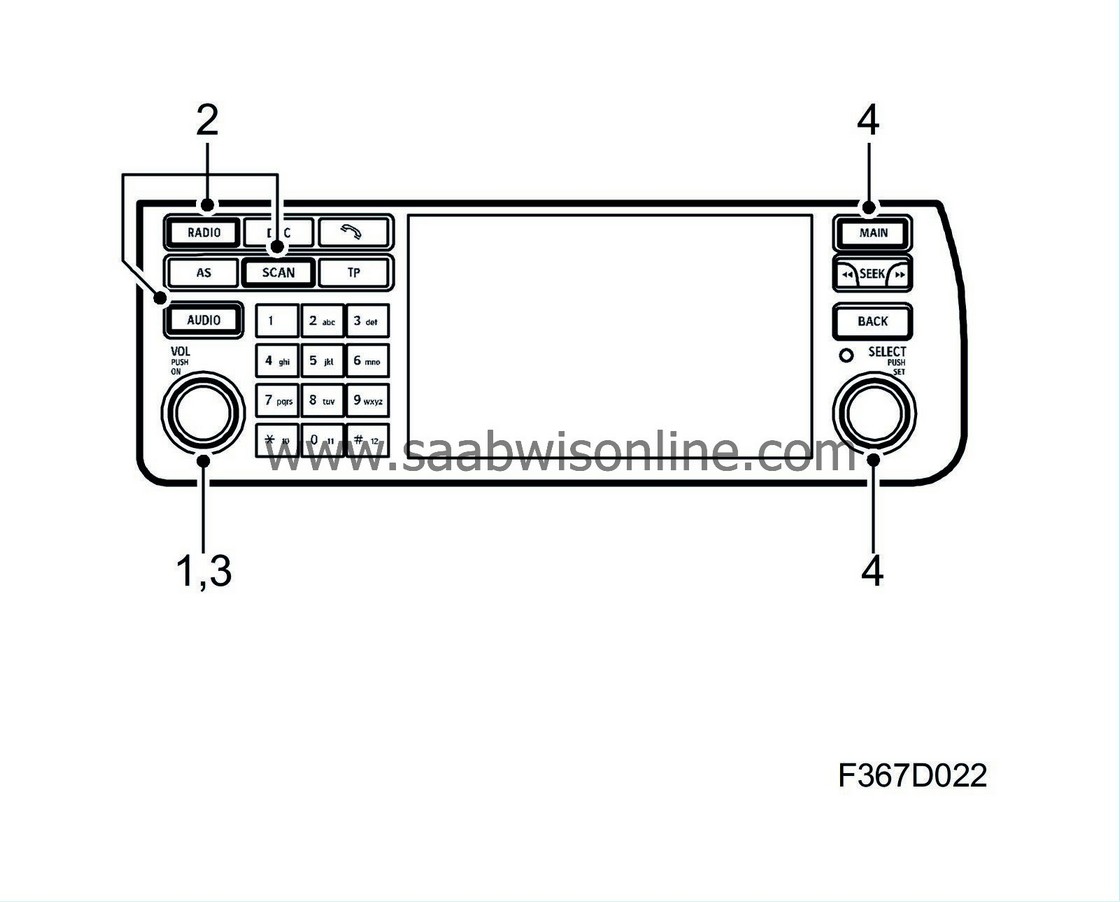
|
|
| 1. |
Audio system ON/OFF.
|
| 2. |
Selection of audio system source.
|
| 3. |
Volume
|
| 4. |
Operating the menu display.
|
Data is transferred from the ICM to the EHU on the O-bus.
| Important | ||
|
In the service manual the normal handling of the audio system is not dealt with. Detailed information regarding handling can be found in the owner's manual. |
||
| Steering wheel controls |
Some models have steering wheel controls for selecting preset stations, tuning, volume control and source selection (radio or CD). The CIM converts the press of a button to a bus message that is received by the EHU, which carries out the instruction.
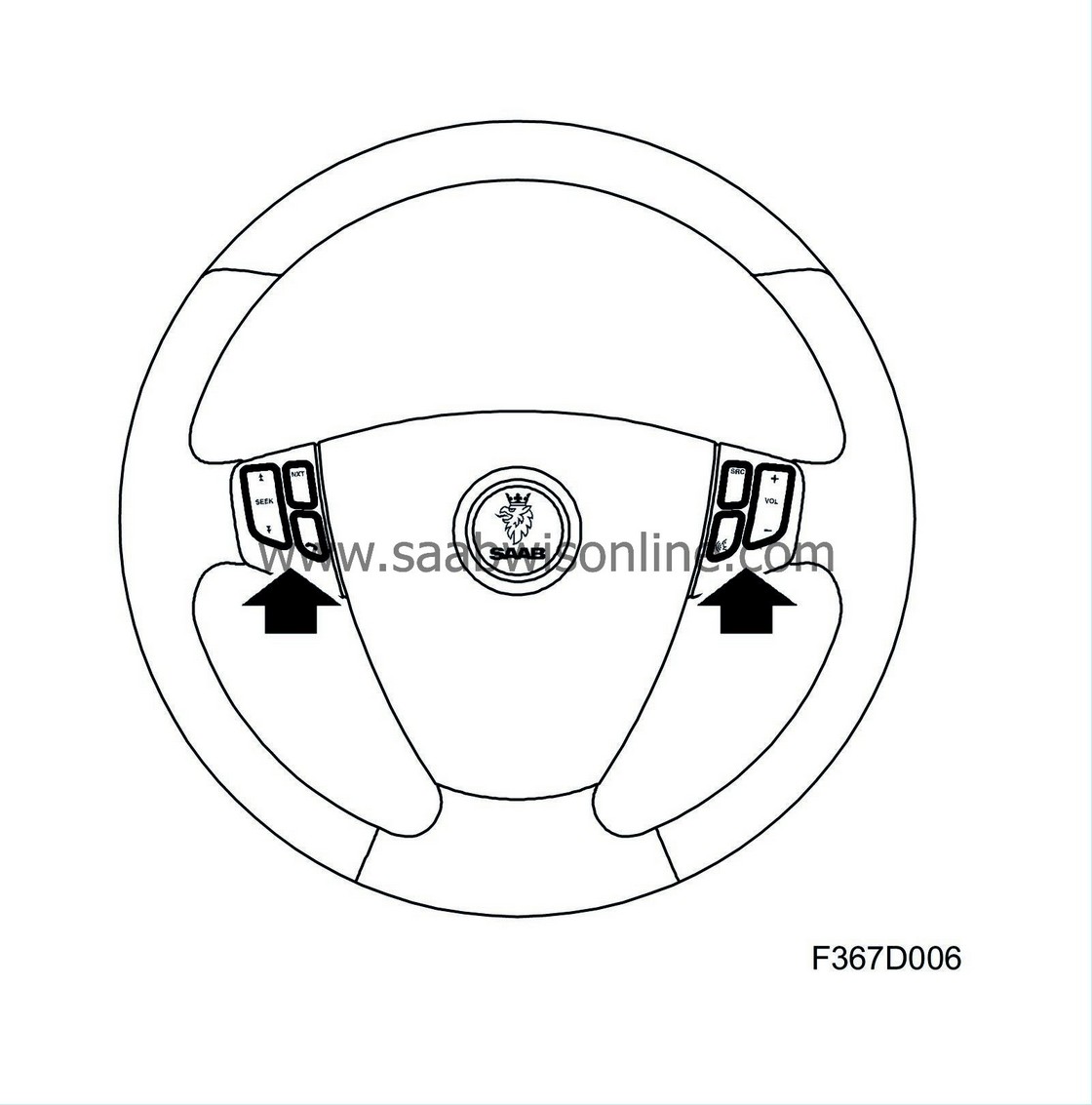
| Display |
The entertainment unit uses the SID module and the control panel display for displaying the selected radio station or other player information such as the selected CD.
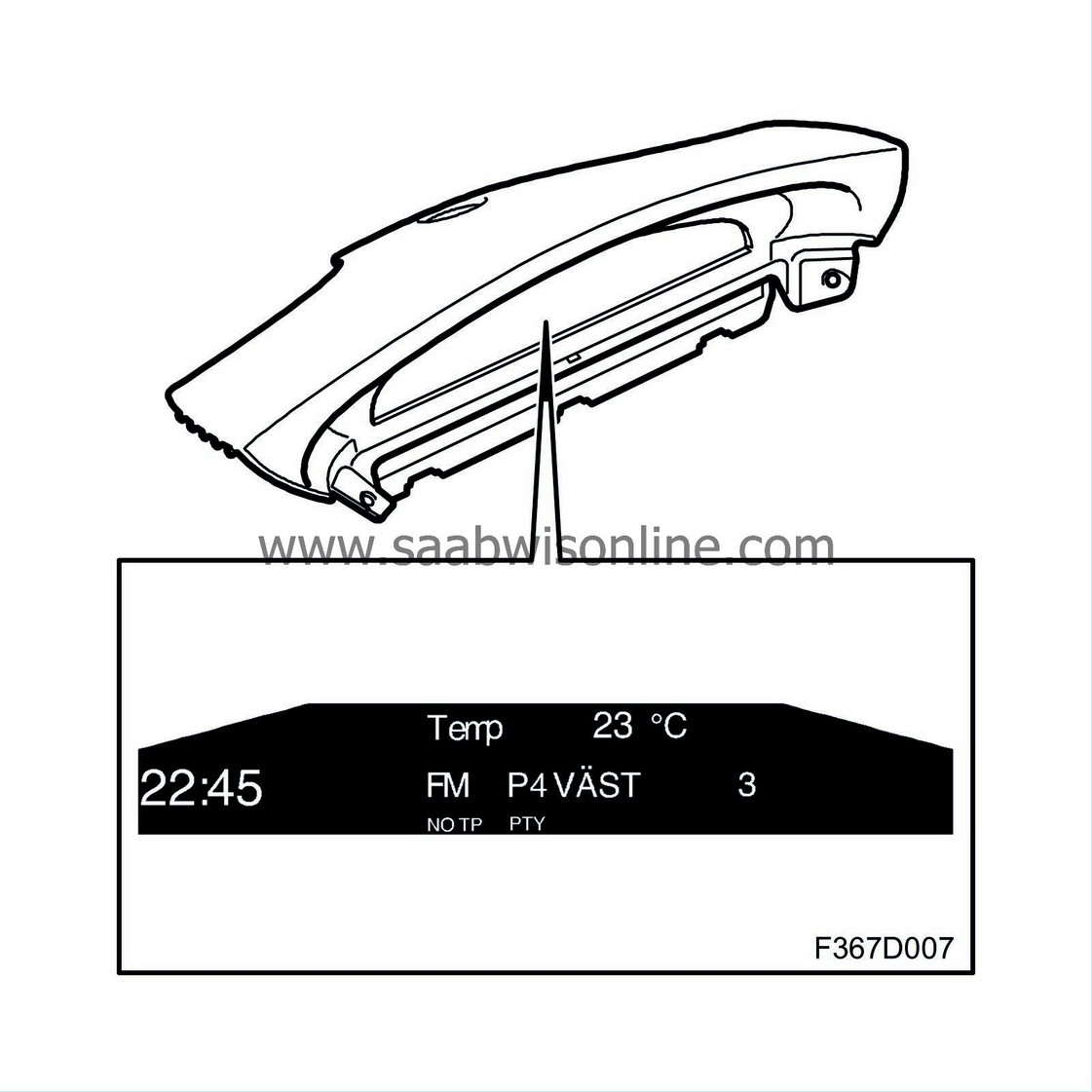
| Amplifiers and speakers, 4D |
The main entertainment unit has an integrated amplifier that drives the speakers of the Premium 70 sound system. The Premium 70 sound system has two speakers in the outer edges of the dashboard and two in the outer edges of the parcel shelf.
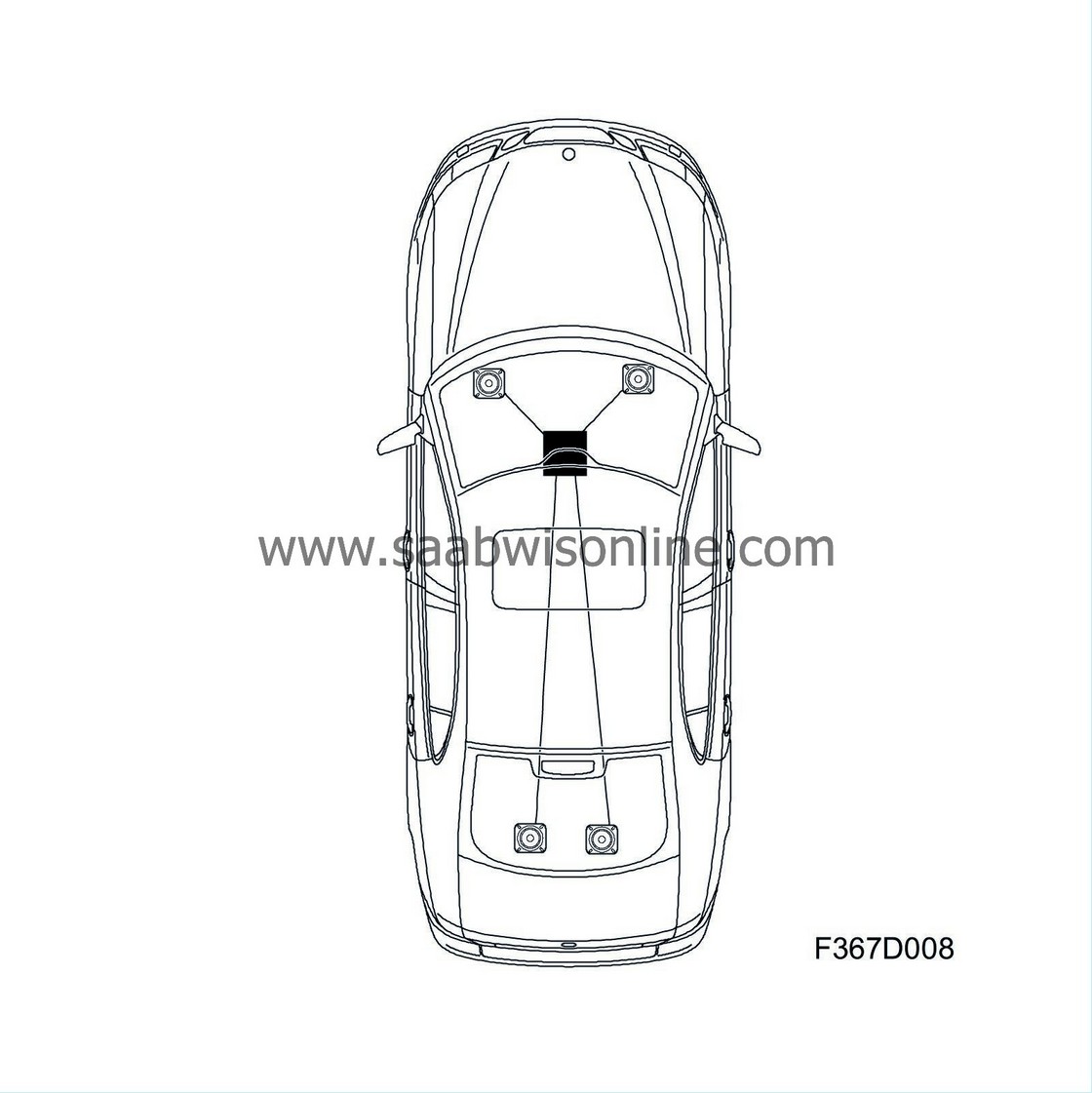
The Premium 150 sound system has two additional speakers in the front doors and a centre speaker in the dashboard. There is also an additional amplifier mounted under the left-hand seat.
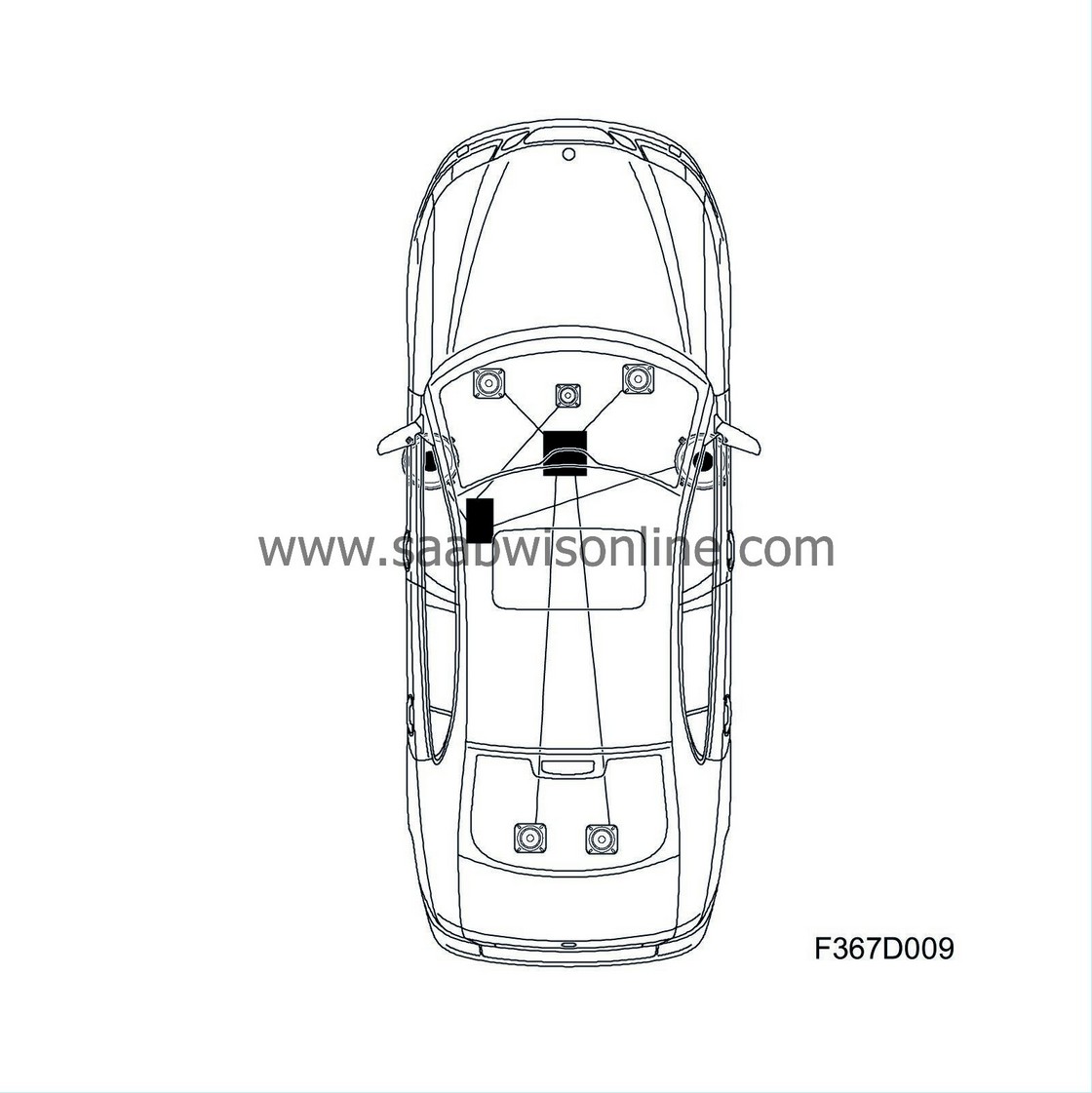
With the Prestige 300 sound system there are four additional speakers located in the back parcel shelf, two treble and two bass, and two more treble speakers on the dashboard. In order to drive the two subwoofers an amplifier is fitted in the boot on the left hand side.
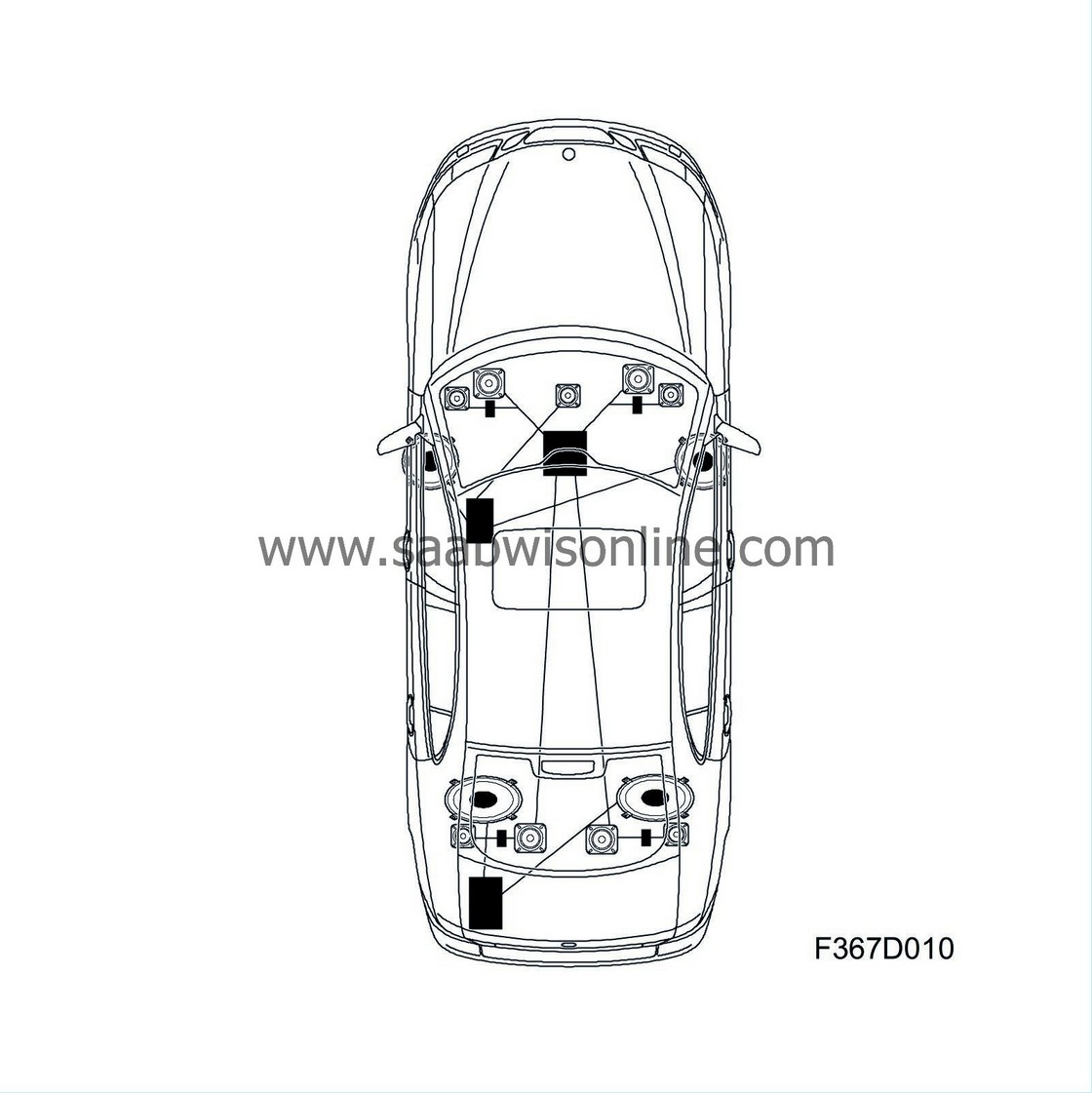
All speaker cables are twisted pairs. This makes them less sensitive to the induction of disturbances from other cables.
| Amplifiers and speakers, CV |
An amplifier for the speakers in the Premium 70 audio system is integrated in the EHU. The Premium 70 audio system includes 2 speakers in the outer edges of the dashboard and speakers in the right-hand and left-hand rear side trim.
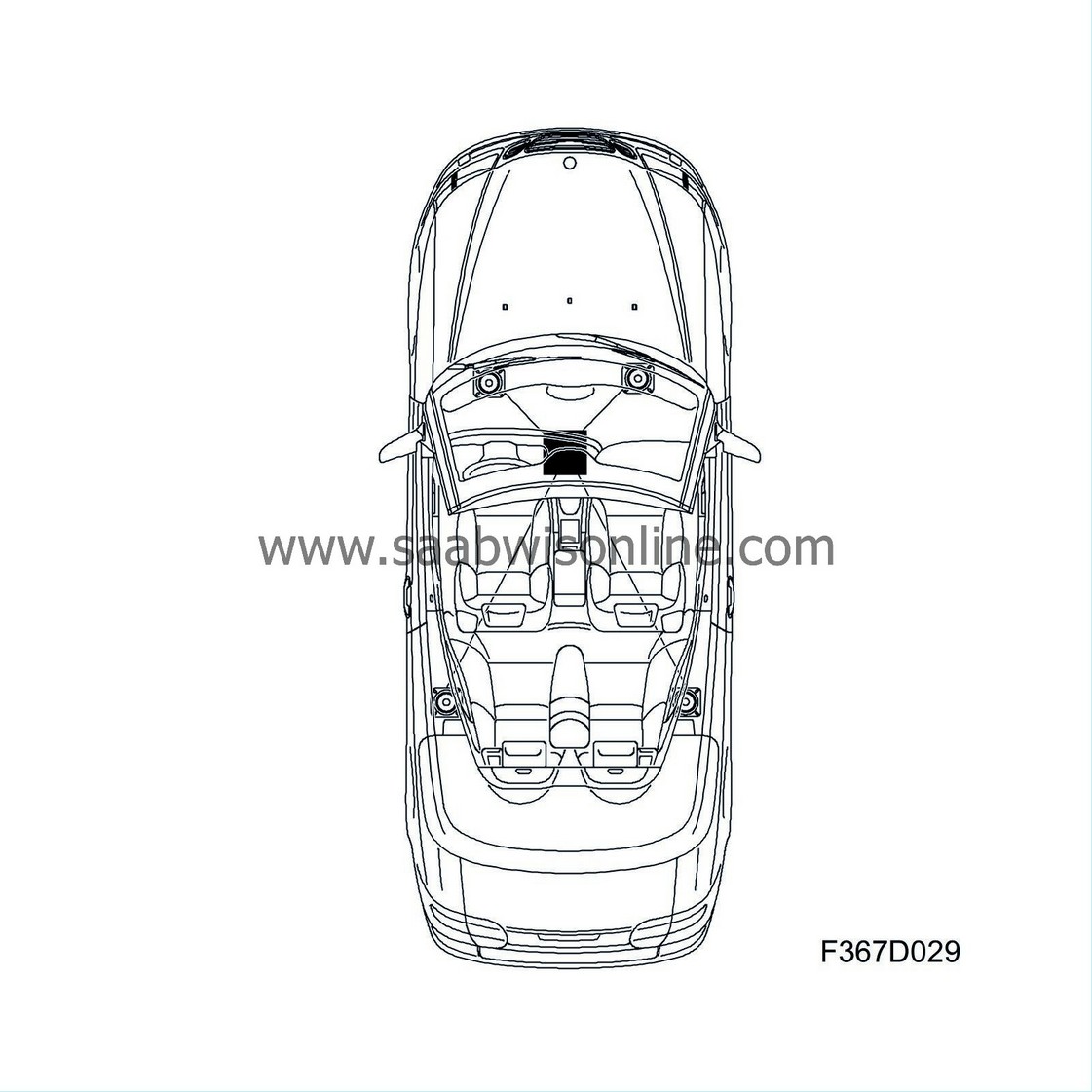
The Premium 150 audio system includes speakers in the doors and a centre dashboard speaker. An amplifier for these speakers is fitted under the left-hand section of the rear seat.
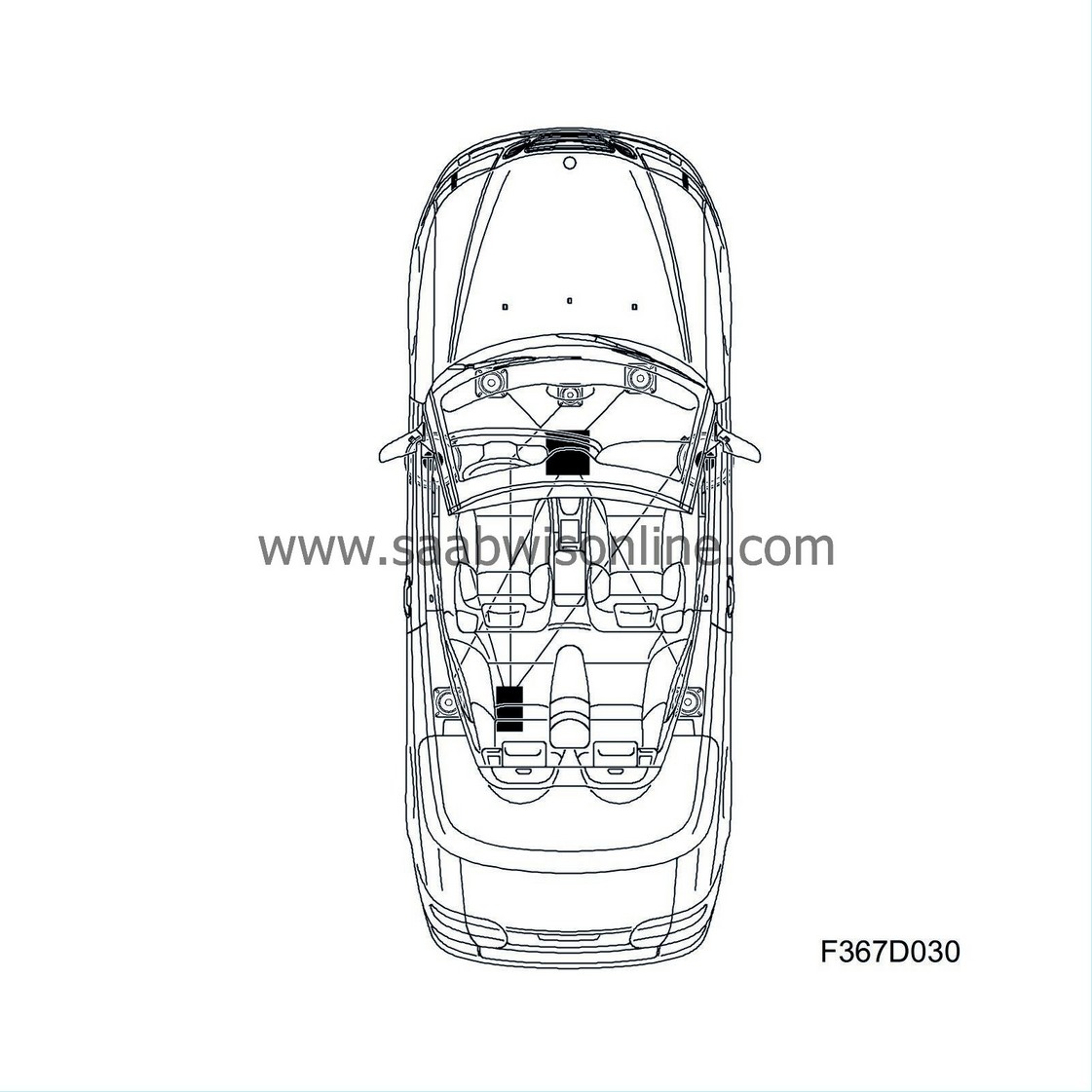
The Prestige 300 audio system includes 2 tweeters in the rear side trim and 2 woofers behind the rear seat backrest. Two additional tweeters are located in the dashboard. An amplifier for the woofers is fitted on the left-hand side of the luggage compartment.
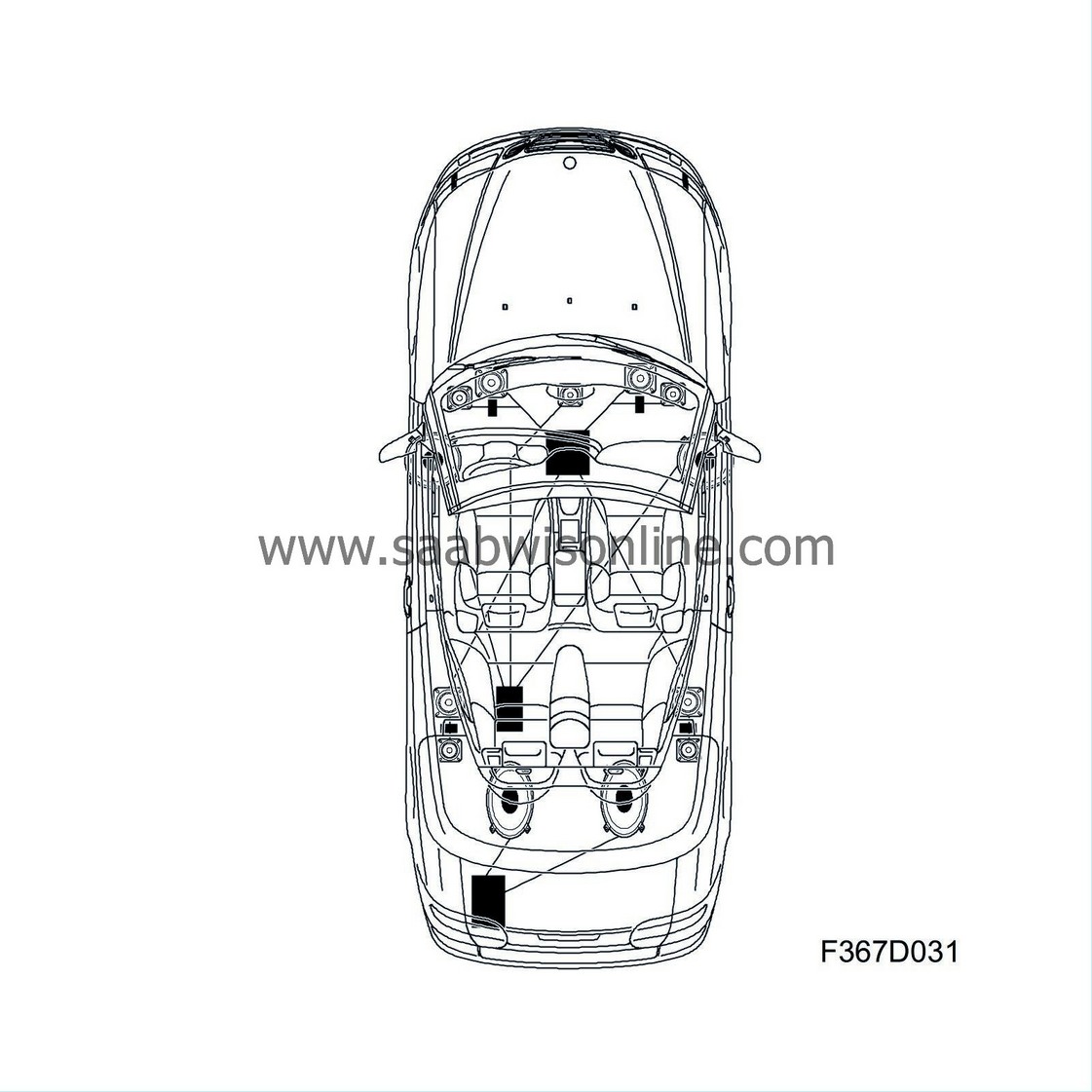
All speaker cables are twisted pairs. This makes them less sensitive to the induction of disturbances from other cables.
| Antenna, 4D |
The system has two antenna systems.
Antenna system 1 consists of one antenna for FM reception and one for AM reception. The FM antenna uses the rear window heating element while the AM antenna is a separate circuit at the top or the rear window. Both antennae are connected to an antenna amplifier located on the right-hand C-pillar. There is an antenna filter mounted on the ground side of the rear window heating element that removes interference when the rear window heating is on.
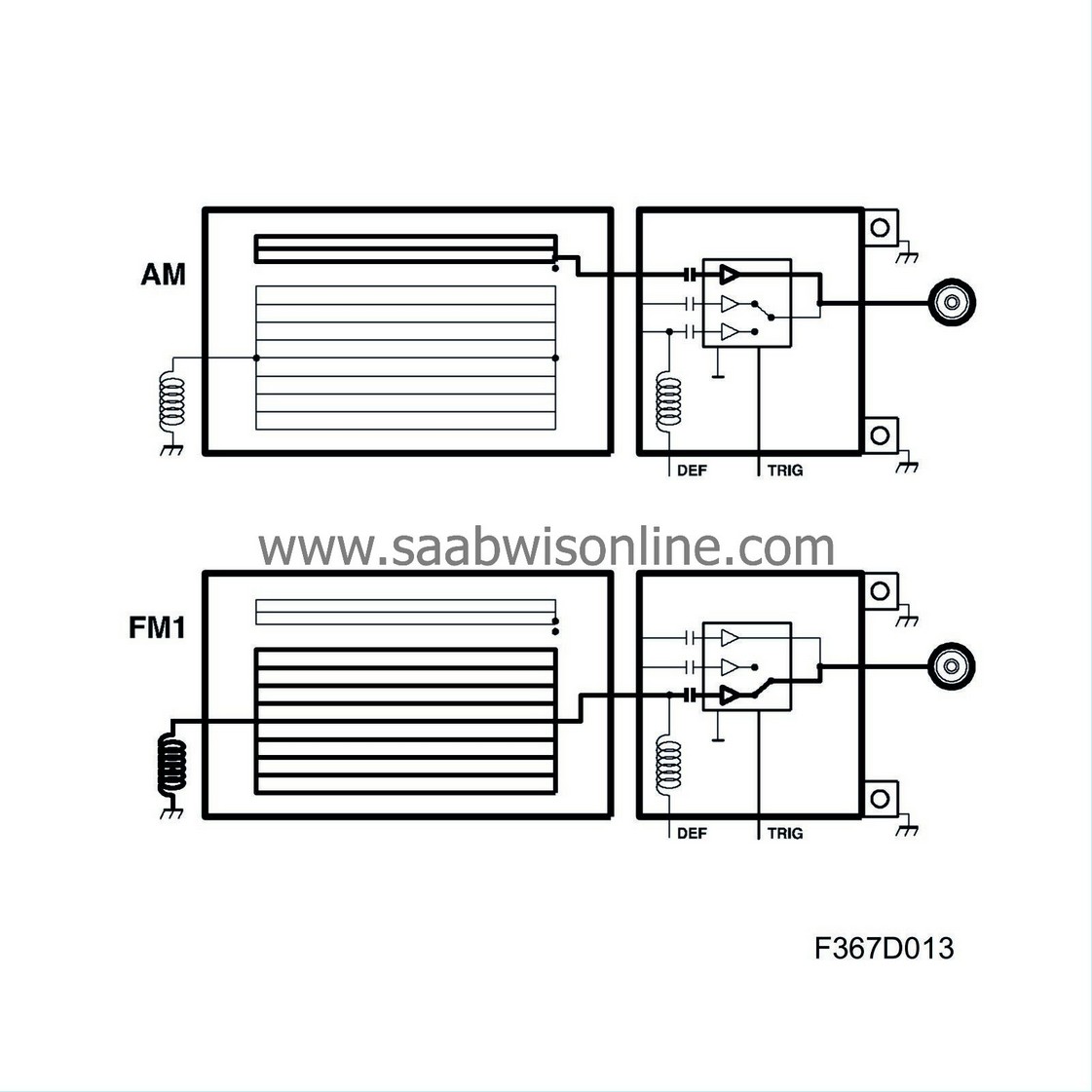
Antenna system 2 includes a diversity function and additional antenna for FM reception. This FM antenna is integrated in the AM antenna. The antenna amplifier has an additional connection for FM reception. The amplifier uses the strongest FM signal and relays this to the EHU.
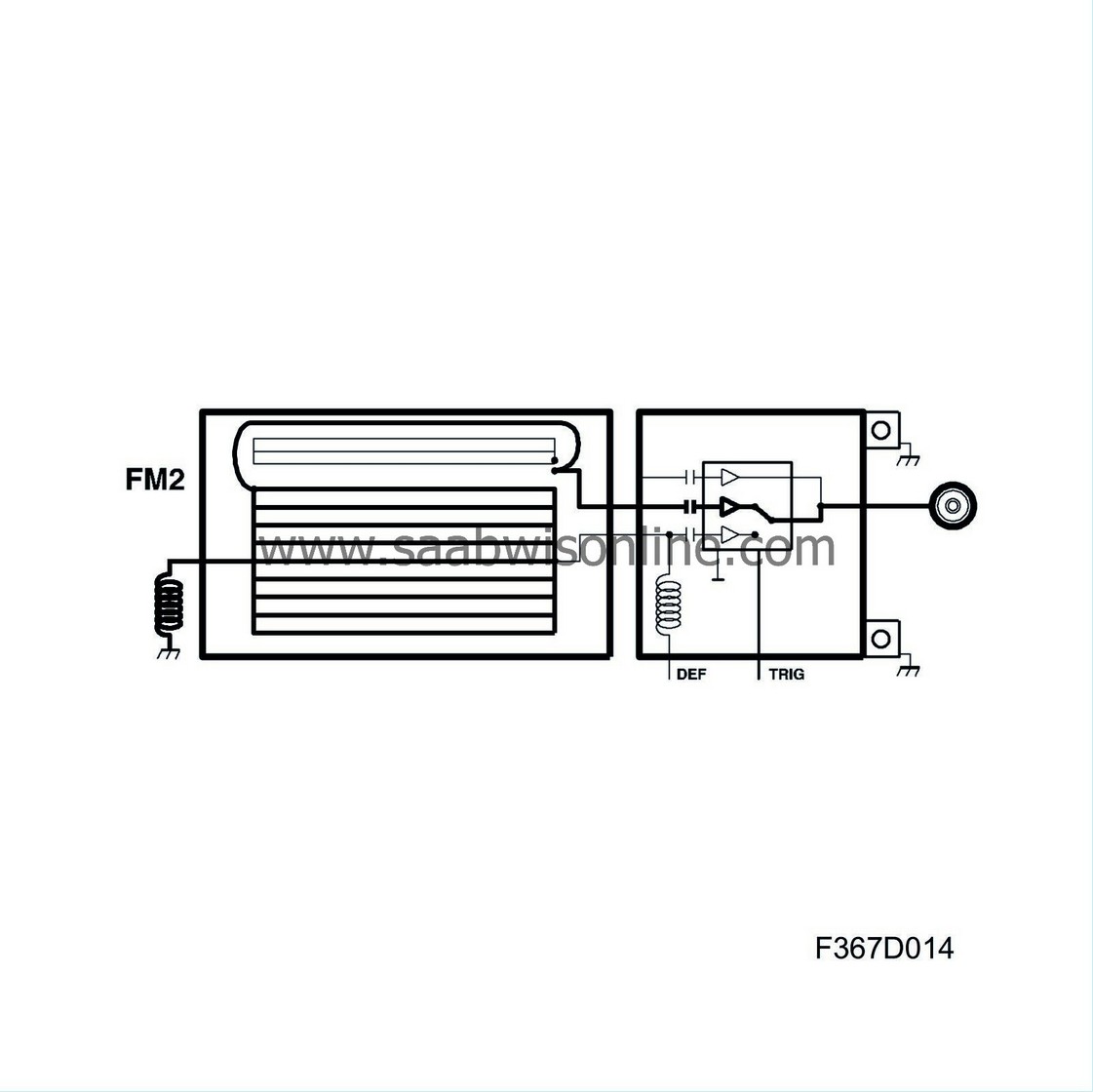
| Antenna, CV |
The radio antenna (FM/AM) is located on the right-hand side of the soft top cover. An antenna amplifier (624b) in the antenna base transmits antenna signals to the EHU via the converting connector (624a) located at the right-hand A-pillar.
| Sound generator |
The EHU also acts as a sound generator for various warning and information signals, even when the audio system is switched off. The EHU generates a tick-tock for the direction indicators, a chime to notify of messages on the SID or MIU, alarm for the trip computer, sound for the parking assist system and sounds for the key and seatbelt reminder and light and speed warnings.
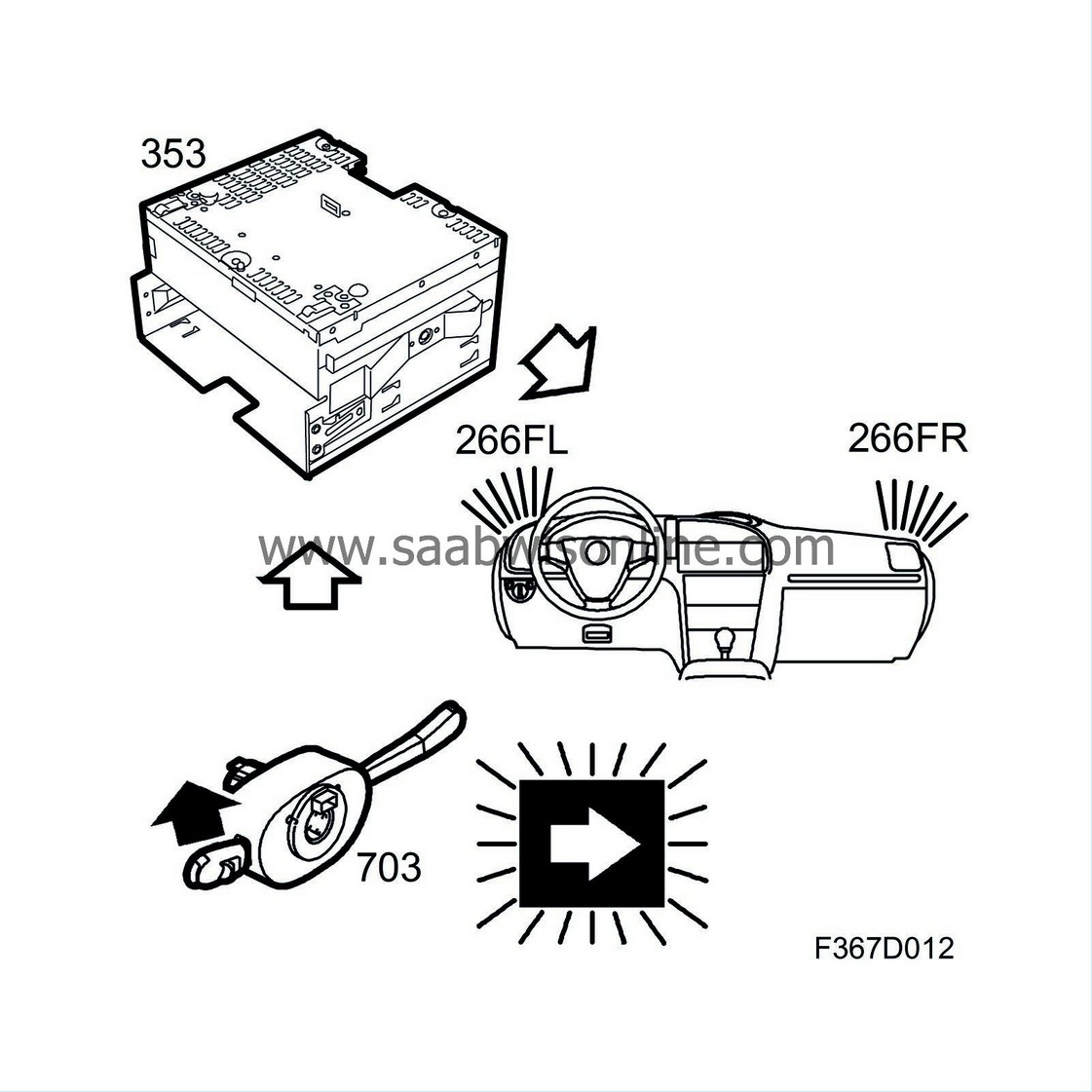
| Option |
A cabin CD player or CD changer can also be fitted with any of the infotainment systems.
The audio system has provisions for a phone. The Infotainment system and Infotainment System Plus are available with an integrated phone.
| Connection, AUX |
If the car is equipped with Saab Infotainment (ES2) or Saab Infotainment Plus (ES3), a portable unit such as an MP3 player can be connected to the audio system. The AUX connection is located in the centre console beside the 12V socket. Volume can be adjusted from the control panel or steering wheel controls. The portable player controls can be used to change track, fast forward, etc.


